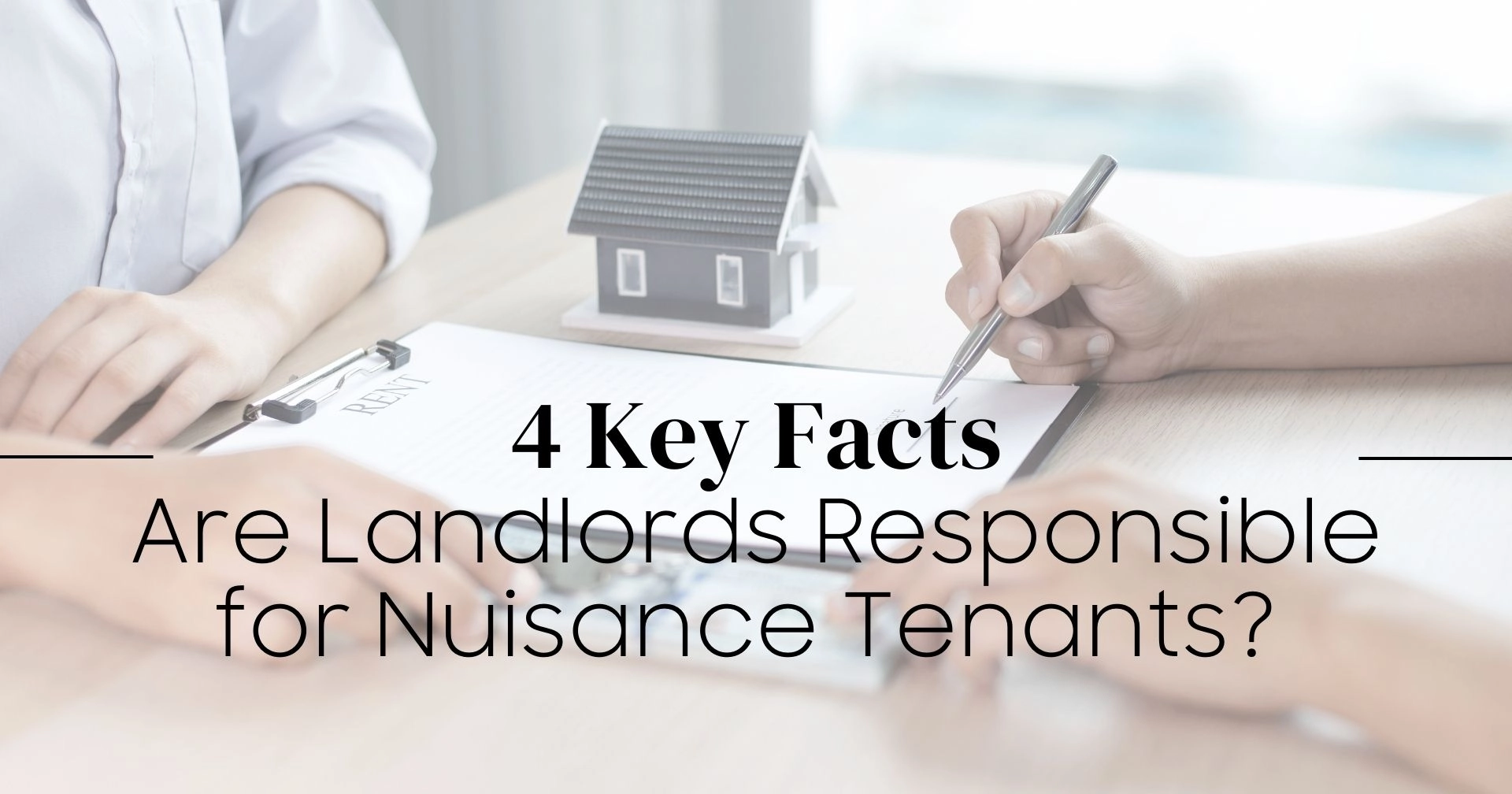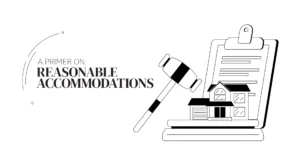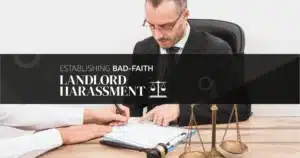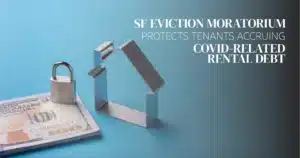In Los Angeles, Nick thought he had found a cozy one-bedroom apartment. Then came the new neighbor. Loud fights at night, music blasting the walls, and cigarette smoke sneaking in. His peaceful home turned into chaos.
Nick called his landlord, but there was no answer. He sent emails, but there was silence. Weeks passed, and the noise only got louder.
Police reports piled up. The neighbor stayed put. Nick’s anxiety shot up. His work suffered, and he started looking for an escape.
But should he pack up and leave? Or is the landlord the one who needs to step up? Are landlords responsible for nuisance tenants in California? What do the laws say? Let’s dig into this.
1. Laws on Landlords and Nuisance Tenants
California Rental Laws Clear Up Duties
In California, landlords must keep rental homes livable, including dealing with nuisance issues. The California Civil and Jury Instructions underline that landlords must check their properties when they have the right. If a tenant is annoying others, a landlord may be held liable.
Court Case: Birke v. Oakwood Worldwide (2009)
This case showed how a tenant sued a landlord for ignoring cigarette smoke from a neighbor. The smoke leaked through vents, hurting the tenant’s health. Despite many complaints, the landlord did nothing. The tenant argued for their right to enjoy their home in peace.
The court sided with the tenant. It stressed that landlords must respond to complaints. Failure to act on persistent nuisances can make homes unlivable.
This case set a clear guideline—landlords can’t ignore tenant issues. California laws require them to act on nuisance complaints about disruptions. If they don’t, tenants can fight back through legal channels.
2. What Counts as a Nuisance?
California Defines Nuisance
The California Civil Code §3479 defines a nuisance as anything harmful to health, unpleasant, or blocking the use of property. It includes loud noises, illegal behavior, or other disturbances.
If a neighbor messes with your peace, it may be a nuisance. Smoke, strong smells, or excessive noise fit the bill. Even bright lights or blocked paths can be nuisances.
The law empowers tenants to demand changes, and landlords face consequences if they ignore issues. Tenants deserve a peaceful living space.
Peer-Reviewed Study on Noise Complaints
Stefanie DeLuca and Jacqueline Groccia of Johns Hopkins University examined how noisy housing rules affect evictions. The study found that these rules often lead to more evictions, which creates housing instability and health problems.
The research highlights the need for balanced noise control that doesn’t compromise tenant safety. Landlords and lawmakers should consider the broader impact of strict noise rules and ensure that policies support tenant well-being.
3. Landlord Responsibilities in California
Timely Responses Required
California laws say landlords must respond to complaints quickly. Delays can lead to fines or lawsuits. Tenants have the right to live in a safe place. If landlords ignore issues, tenants can file noise complaints, smells, or dangers. If ignored, health can suffer.
California law demands landlords fix serious problems. Keeping good records helps if tenants go to court. Reporting problems in writing is crucial. Evidence like photos or recordings aids claims. If landlords don’t act, tenants should contact local housing authorities or find a lawyer.
Legal Case: Stoiber v. Honeychuck (1980)
In this case, a landlord ignored complaints about unsafe living conditions. The tenant lived in unsanitary spaces. After many complaints without action, the tenant sued. The court ruled for the tenant, confirming that landlords must address safety concerns.
This case shows that landlords have a legal duty to keep homes safe. Ignoring complaints can have serious consequences. They may face lawsuits or costly fines. Tenants should know their rights. Courts tend to protect tenants from landlord neglect.
Good maintenance is a legal duty, not an option. Tenants who are facing negligence must seek legal help quickly.
4. How Landlords Can Evict Nuisance Tenants
California’s Eviction Process
If a tenant becomes a nuisance, landlords have legal options.
Sandra McCarthy highlights that disruptive tenants hurt other residents’ rights. But evicting a tenant isn’t simple. Landlords must follow strict steps in California. First, they must give a written notice explaining the issue and allowing time to fix it. If ignored, eviction proceedings begin. Landlords must prove violations in court. Without proof, evictions can fail.
Sandra emphasizes keeping good records of complaints and warnings. Following legal steps makes the process smoother, but mishandling an eviction leads to delays and more trouble.
Landmark Case: Nahrstedt v. Lakeside Village (1994)
In this case, a tenant broke HOA rules by keeping multiple cats. Neighbors complained about bad smells and noise. The homeowner’s association enforced pet restrictions. The tenant said the rules were unfair and took the case to the California Supreme Court. The court upheld the eviction. It confirmed that landlords and HOAs can enforce reasonable regulations.
It shows how this case shapes nuisance claims and proves that agreements and local laws matter. Tenants must abide by rental terms, and breaking them will result in eviction. Courts prioritize community well-being over individual wants in these cases.
Why Choose The Law Firm for Tenant Rights, Inc.?
Tenants often face ignored complaints. California has tenant rights laws, but enforcing them is hard.
The Law Firm for Tenant Rights, Inc. fights for tenants. Our lawyers know California landlord duties well, and we hold them accountable.
If a bothersome neighbor ruins your peace, we are here to help. Our firm wins cases against careless landlords across California. Don’t let your landlord brush off your worries. Seek real legal support.
Take the first step. Contact The Law Firm for Tenant Rights, Inc. today for a consultation.






